Bangalore Blues
by Kirtana Kumar
Published: 2023
When you get hold of Bangalore Blues, the ‘lore’ printed in blue shouts for attention. The book aims to be a lore about all that was Bangalore, by all means–which is apparently why the writer exerts her preference for the ‘lore’ over the ’luru’ in many instances ! When you open the cover, you will find a snippet of one of the stories printed on to the left side. Well, it is apparently not put for no reason! It mirrors the emotion that is Bangalore, into which all the 33 stories are loosely strewn together—loosely enough that they are free to sway in their own spaces, yet held together by specks of nostalgia towards a long bygone small-town that was erstwhile Bangalore.
Kirtana Kumar needs no introduction among the theatre buffs, and this book is an extension of her reflections in a different medium. As she herself says, all metros will have loads of tales to tell , about their ‘past lives’ as small townships. But are we ready to voice them? She herself has been vocal about how the death of her father in 2020 eventually pushed her to write stories which are rooted in Bangalore she knew so well and has shaped her personality. In a way, it can be seen as a tribute to the generations who have seen the old town of Bangalore in all its charm and beauty, and who had to helplessly watch it explode into the metro that is ‘Bengaluru’. You can ‘see’ MG Road, Cantonment, Mayo Hall, All Saints Bakery, Bishop Cotton School, Infantry Road, St Josephs, Bangalore Club, MTR, Koshy’s and Cubbon Park all over the stories. At the same time, the writer, has consciously put the ORRs, Marathahallis , Whitefields and Jalahallis in oblivion. You apparently know the reason !
She experiments with different structures of story-telling; there are the traditional exposition-rising action-climax-falling action stories, there are some which can be described as absurd action stories, there are dark humour ones, prosaic poetry and also an interesting news snippet format (Twelve Faits Divers). This last one might remind us of Haiku poetry where an idea is communicated in the most concise possible way.
Kumar does not shy away from expressing her political views, and she does it sometimes hilariously and sometimes sarcastically. The Religion and Language Tribe in ‘Betrayal: Bangalore Dystopia’ flaunt their orange vests , but also camouflage themselves sometimes into tricking people into believing that they belong to their tribe. She, quite funnily, digs at religion in a different chapter ‘Twelve Faits Divers’ when she mentions monsoon being delayed by Sankranthi and the jury trying to decide the fate of Eid-ul-Fitr based on the waxing of the moon ! There is also a jibe at Brahminism where she ‘reports’ banning of fish cutlets near Central Library which may offend the Laughter Club of Cubbon Park which mostly consists of Brahmins. Well, she may also be pulling our legs on the fact that we do need all sorts of created communities in a metro, unlike the organically formed neighbourhood communities in the pre-metro era ! And here is Annabel who has come to Bangalore on a quest to find herself and ends up sleeping with one of the silver-haired spiritual gurus ! You definitely cannot miss the direct punch at the much-commercialized spirituality supermarkets rampant in India.
Though she has put out that she does not believe in binaries , there are certain blacks and whites
which peep through in some of the stories. For instance, ‘Dear Stranger,’ does juxtapose nostalgically the old Bangalore against the new ‘Bengaluru’, with a thrust on the ‘luru’ ! Here she somewhat generalizes the post-Silicon Valley population who are weekend pub-goers, belong to the ‘chrome-plated’ Bengaluru and are strangers to anything north of Koramangala. A similar binary is also used in a different way in ‘Falling Between the Cracks’ when she compares white to girls and goodness, and black to boys and badness. The two girls in the story who always liked to walk on the white tiles (skipping the black) while walking past the nuns’ bungalow, are still trying to stick to the ‘white tiles’ even at the end of the story. Their families are unaware of their sexual orientation and the girls are helplessly trying to buy more time till they are struck down by the inevitable. That transcends into the author’s political statement as well. Instagram and hashtags galore in the stories as in the society. Kumar has put them to good use, sometimes literally , sometimes figuratively.
Most of the early Bangaloreans may find parallels in the characters she has tried to portray vividly; you may have definitely come across a Rehmathullah in Shivaji Nagar, the trans-gender ‘@ardhanareeshwari69’ , Jabeen, Mr Malgoankar and Firdouse in any of the housing colonies and a Money-pal along any college gate. Gajapathi Rajus, Mayas, Meenakshis, Braganzas, and Marys sprint around in the stories; tiny lassi shops and kebab shops jot the premises. Though ‘good old Bangalore’ is oft bandied about, Kumar strikes a balance juggling between the palpable sense of loss and the acceptance of the city of the present. Having said that, in some of the stories, the importance given to characterization seems to have overshadowed the premises. The feel and flavour of the city is somewhere lost in the process that we may easily pluck the characters out and replant them in any other city. Places just end up being mentioned and not woven into the fabric of the story. The emotional connect you expect is at bay in some of them.
The last essay is the author’s experience of dealing with the pandemic, the pain of dealing with loss of loved ones and feeling helpless about all that is happening around. Most of us can easily relate to the chain of emotions that are strewn together in this piece. At the same time, it also reflects how easier was it for the affluent to deal with the pandemic with having alternate places to go, not worrying much about supplies and getting medical care. It also underlines how we are all interdependent irrespective of money, class or religion.


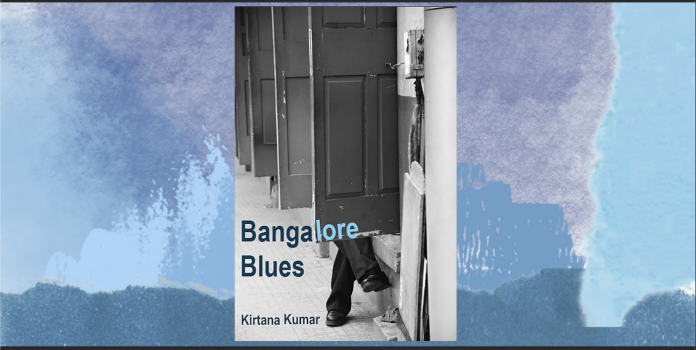
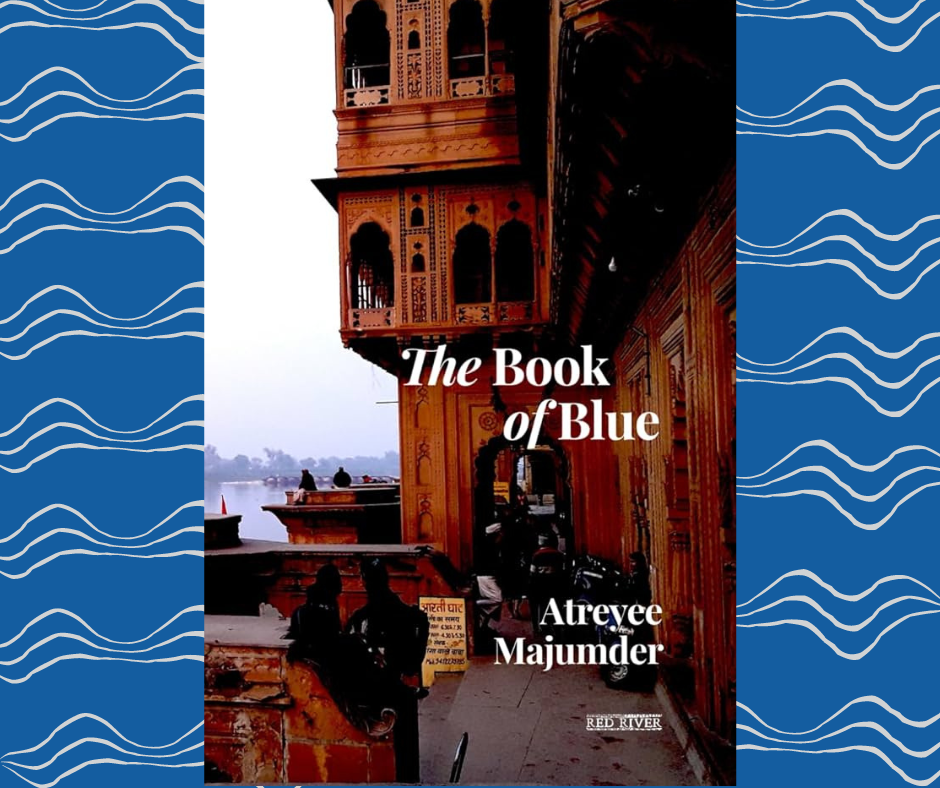

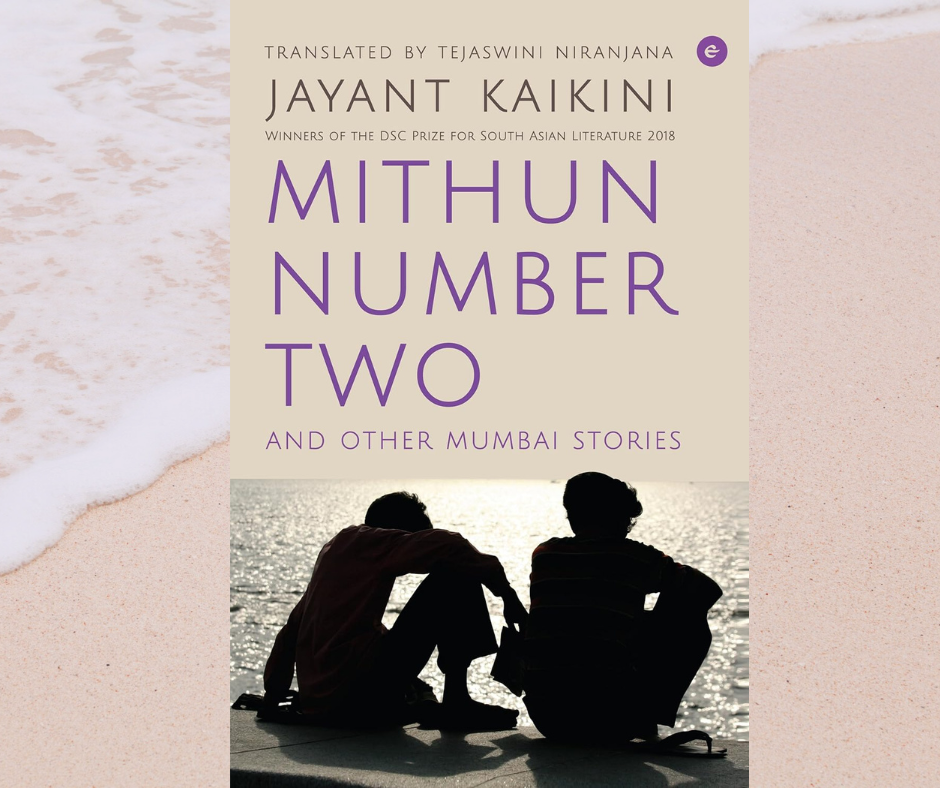
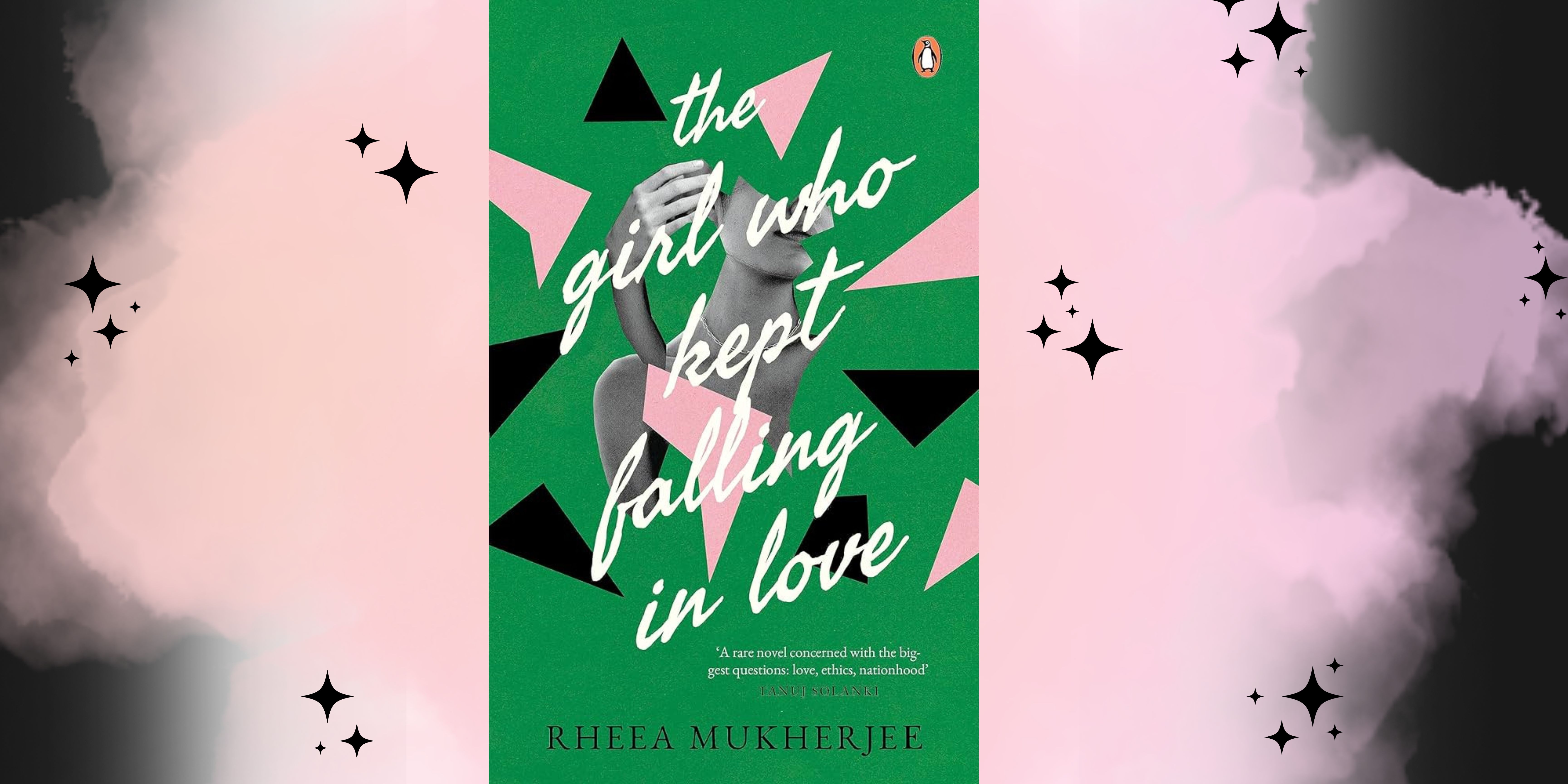
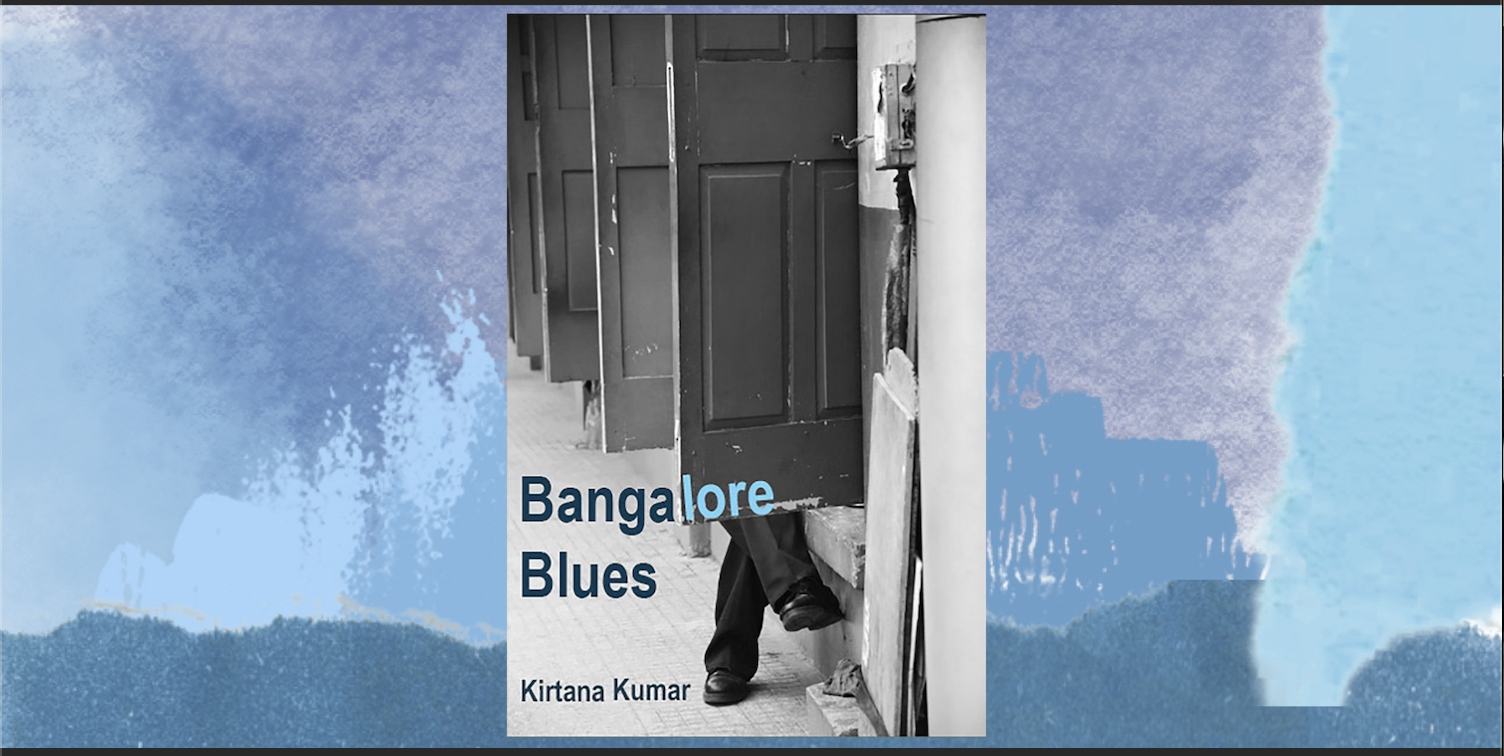


Oho my dear ways to go……loved it
Pretty detailed and deep review, touched all aspects of the book. It is not an all-praise review, it is constructive in nature and hints at where the book could have fared better. But it gives you good glimpses of the variety of genres the writer has attempted ;what to expect and what not to. Well-written piece
Wow nice I’m a big fan of Bangalore and this book seems wonderful! Thanks for sharing
The review written by Rupa is good. Beautiful writing. Hopefully the book will give a good reading experience just like the review. All the best.
Thank you so much…it will help me strive to be better!
The book is a must read for those who have stayed in Bangalore during 70s and 80s. So much of nostalgia for me in this book.
Good review…well articulated, touched upon the key aspects, pointed out few areas of improvement gracefully and threw appreciation wherever deserved.
The review is precise and at the same time appealing as it reveals the quintessence of work. The connotations are vividly explained and one may easily delve into the exotic fabrics of Banga “lore”. Best wishes.
Thank you so much…it will help me strive to be better!
Everyone attaches something else in our life.Author’s attachment with ‘lore’ makes me so intense towards which we give importance .Your review is incredible which expresses the city’s feel, favour ,the acceptances and the loss of loved ones.You opened the door to see the Blues Of Bangalore.Thanks Roopa.Expect more contributions in this field
Thanks for the kind words. It will help me set higher benchmarks!
Well narrated and portrated, definitely an excellent work. Good luck and looking forward to see the next one. Thx
Thank you! Means a lot to me..
Very well written review, Roopa. Makes me want to read the book. Specifically the part where you mentioned that the places in the book provide just a background and don’t really play a big part in the story – this aspect might make it more relatable for me and people like me who have seen cities grow into metros in India in the last 20 years. Thank you. This is in my TBR list before 2024.
Thank you Sowmya for sharing what you loved about my writing.